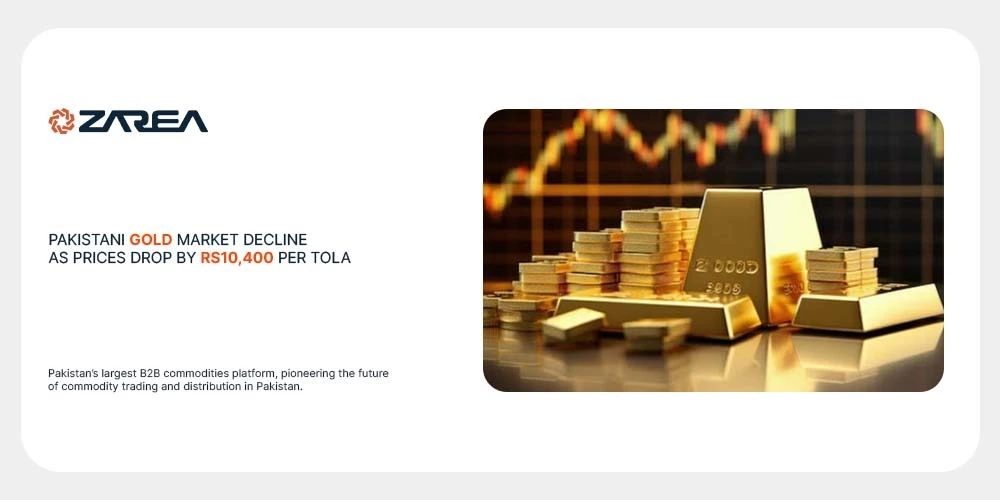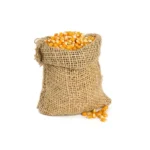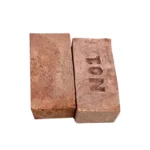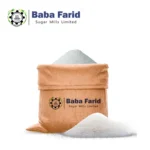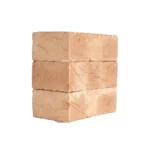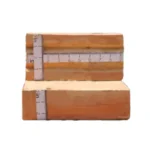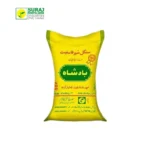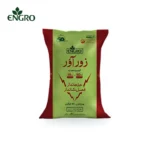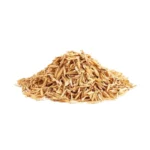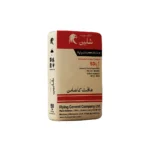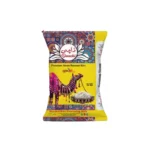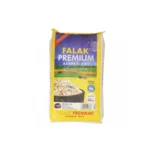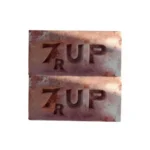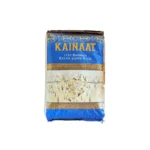Pakistani Gold Market Decline:
Gold prices fell sharply both domestically and globally on Monday, making headlines for the unexpected decrease in the Pakistani gold market. The price of 24-karat gold fell by a staggering Rs10,400 a tola, the All-Pakistan Gems and Jewellers Sarafa Association (APGJSA) reports, bringing the new figure down to Rs340,500. The price of 10 grams dropped by Rs8,917 as well, to Rs291,923.
This volatility isn’t merely random. It comes after gold had a minor but significant decline on Friday, shedding Rs1,800 per tola to end the week at Rs350,900. Gold has dropped more about Rs12,000 per tola in a few days, causing a market-wide reaction.
Global Trends Also Show Sharp Declines:
The heat is not limited to Pakistan. The price of gold fell by $104 in a single day on the international market, and it now stands at $3,221 per ounce (with a $20 premium). Economists, jewelers, and investors are all keeping a careful eye on the pattern since it suggests potential changes in the global commodities market.
Silver was also not exempt. The fact that the price per tola dropped by Rs17 to Rs3,400 further demonstrates that this isn’t a unique local occurrence.
What Caused the Abrupt Drop?
The steep decline in gold prices is because of the combination of declining domestic demand. These combinations are shifting global market conditions, and a stronger Pakistani rupee is to blame for it. After encouraging economic statistics the U.S. currency strengthened and gold prices fell globally. This situation is making the precious metal less attractive as a hedge.
In Pakistan, gold has always been seen as a secure investment so far. Whether it is particularly during erratic economic periods. But investors are becoming more cautious and reassessing their plans in the face of a choppy market. This is the main reason for the rapid decline in light of this significant change.
Experts and jewellers point to a few key factors fueling this Pakistani gold market decline:
- Global demand fluctuations: As a result of investors’ attention shifting and higher returns in other areas, such as stocks, the demand for gold has cooled off internationally.
- Currency volatility: Imported goods like gold are under more downward pressure now that the Pakistani rupee is exhibiting signs of relative stability.
- Cautionary investing: Investors are taking a backseat, whether in anticipation of more price declines or in anticipation of more clarity in the global financial situation.
Buyers and Sellers’ Diverse Reactions:
Local markets have been agitated by the news. This discount seems like a great chance for regular shoppers and families getting ready for weddings or other holiday occasions.
“I’ve been waiting for months to buy gold for my daughter’s wedding. This is the dip I needed,”
said one shopper at Karachi’s Sarafa Bazaar.
On the flip side, jewellers and those holding large inventories bought at higher prices are now facing losses or stagnant sales. Some retailers have already slowed down restocking, expecting further price drops before market stabilization.
A Boon for Some, a Blow for Others
Let’s break down who stands to gain or lose in this situation:
Winners:
- Everyday consumers looking to buy jewellery
- Families planning weddings and festive purchases
- Importers, thanks to the relatively stable rupee
Losers:
- Investors who bought at higher prices expecting continued growth
- Jewellers with costly inventory
- Speculators hoping for short-term gains
What Do Experts Say About Market Sentiment?
Instead of a crash, many market participants think this is a part of a larger correction. Gold prices had been on an upward trajectory for months, driven by inflation fears and currency devaluation. Now, with some global calm returning and central banks holding interest rates, gold’s allure is temporarily fading.
“This isn’t unexpected,” said a senior gold trader in Lahore. “We’ve been in a hyperactive gold market for over a year now. A pullback was overdue.”
Financial analysts also recommend patience. For long-term investors, gold still holds its place as a hedge against uncertainty. But in the short term, caution is key. Zarea observe the trends of the gold market because we believe it is an important commodity and will always have a future in Pakistan.
Examining the Future: What Will Happen to the Gold Market Next?
It’s still unclear if the current downturn in the Pakistani gold market is a temporary lull or a longer-term trend. A lot will rely on:
- Future global economic data, particularly from China and the United States
- Trends between local inflation and the rupee
- Speculative activity and investor sentiment
- Gold is frequently promoted as a safe refuge by geopolitical situations.
Gold prices might either stabilize or continue to decline if the rupee stays strong and inflation stays under control. However, the gold market is still susceptible to investor behavior and worldwide shocks.
Final Thoughts: A Short-Term Decline or a Long-Term Change?
- Even if the Pakistani gold market decline is just transitory, it is a crucial reminder of how erratic commodities investments can be. Although the decline has unnerved short-term investors, it has also created an opportunity for long-term planners and consumers.
- The economy of Pakistan has undoubtedly been impacted by the precipitous decline in gold prices of Rs10,400 a tola. It has caused anxiety among short-term traders and investors, but it is wonderful news for long-term planners and purchasers.
- Diversification and well-informed decision-making continue to be crucial for surviving volatile markets. For the time being, Pakistanis are keeping a closer eye on the gold ticker than ever before, regardless of whether this is a temporary correction or the start of a new pricing trend.
- One thing is still evident, though: gold is still essential to Pakistan’s economy and culture. It has never been more crucial to pay careful attention to the gold ticker, whether you’re a jeweler, investor, or someone getting ready for a family gathering.
FAQ’s:
Why is gold declining?
Due to investors’ preference for more conventional assets, gold prices frequently decline during prosperous economies. Additionally, they fall when interest rates increase when the US currency is strong.
Why is the gold market crashing?
Monetary tightening is the process by which the central bank increases interest rates. The value and strength of the currency increase. In reality, the same amount of money may be used to purchase additional gold metal, a physical object. As a result, the price of gold declines.
What is the best time to buy gold in Pakistan?
Which month is ideal for gold purchases? January, August, September, and December have traditionally been excellent months to purchase gold if you’re looking at the calendar. You could get a nice deal because prices tend to increase throughout these periods.
Which month is gold price lowest?
The Greatest Month of the Year for Gold Purchases:
April may provide a little cheaper total price, according to the daily chart above, but March is historically the month when gold falls the most, making it one of the greatest periods to purchase.
Why not to invest in gold?
Price volatility: Over brief periods of time, the price of gold may vary dramatically. Because of this, estimating its worth may be challenging, and investing in it may be dangerous.

